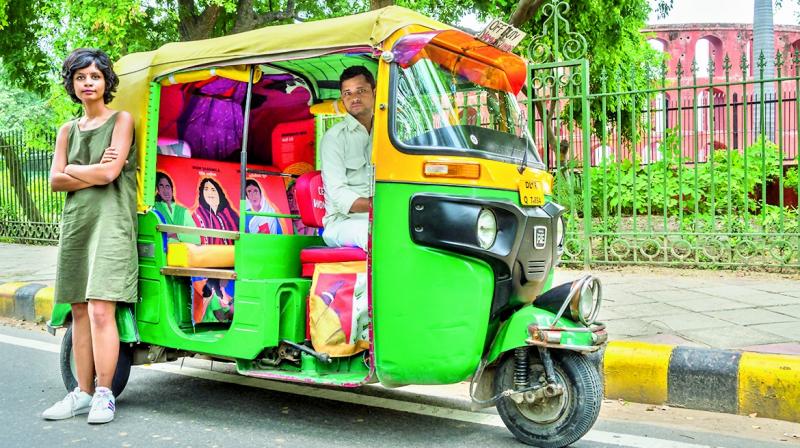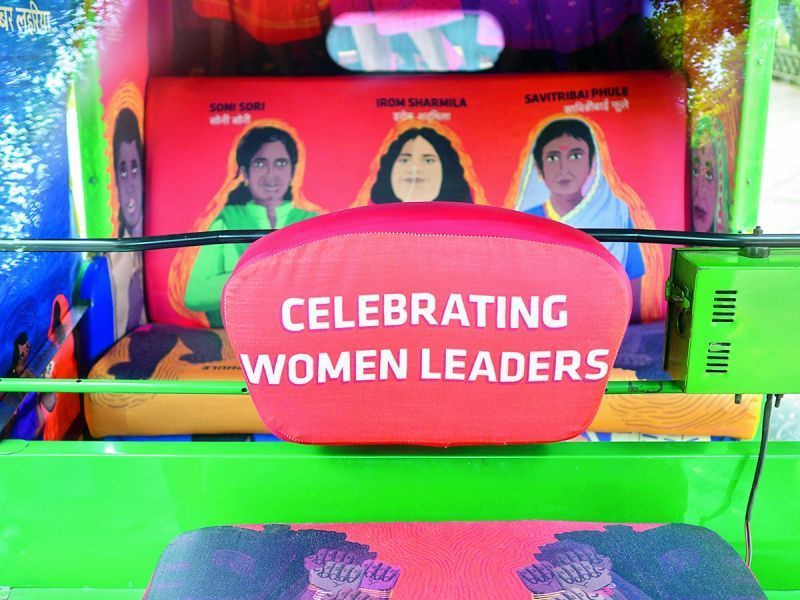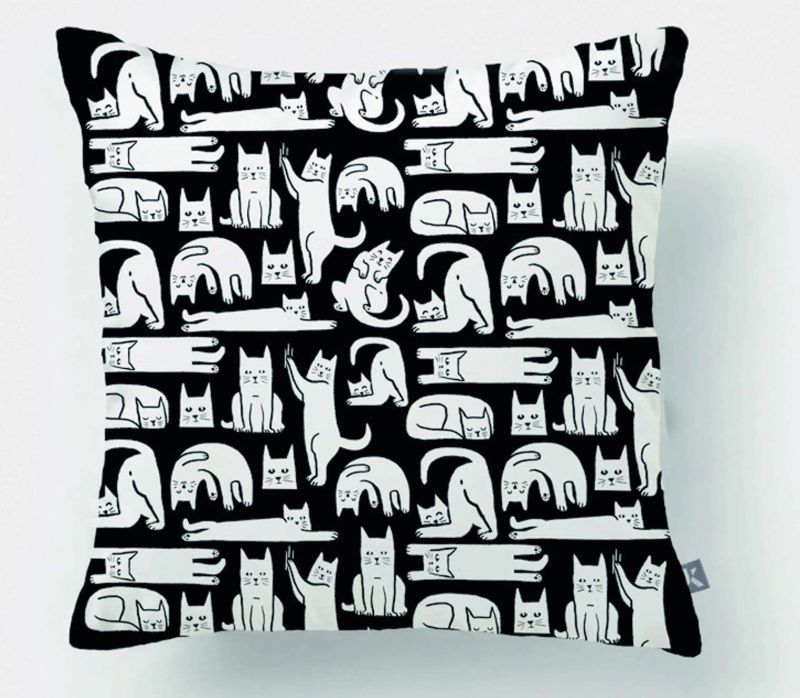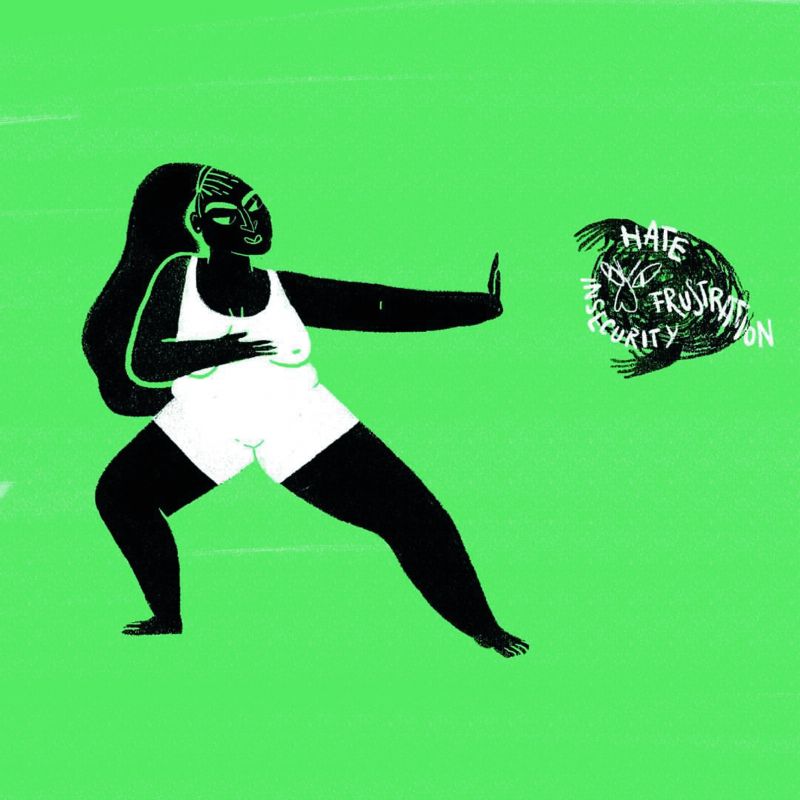Women power, rebranded
Kruttika Susarla designs products based on feminist ideas celebrating the lives of women who have been fighting patriarchy all their lives.

While there are hordes of auto rickshaws ferrying passengers through the chaotic Delhi lanes, driver Gagan’s three-wheeler passenger vehicle bears a distinct look. The interiors flaunt illustrations of women leaders like Irom Sharmila, Savitribai Phule, Bhanwari Devi, Soni Sori among others, with brief descriptions about these women. For illustrator and feminist Kruttika Susarla, it was an opportunity to celebrate the lives of women who have been fighting patriarchy all their lives. Last year, when Mumbai-based Taxi Fabric and Manas Foundation approached Kruttika to design an auto-rikshaw in Delhi, she immediately gave her nod. She says, “It started off in Mumbai with taxis.”
She was sold when she realised that the reach a rickshaw has is much more than a graphic novel. “When they approached me, I realised that many use the auto-rickshaw as a daily mode of transport. There are more chances of an auto catching people’s eye than a graphic novel,” she explains. The process of designing this autorickshaw did go through its permutations and combinations. When Kruttika first designed it in English, she realised its limited reach. “I wanted a lot of people to be able to read it, so then I translated it in Hindi and included that as well,” she points out.
 Interiors of the auto-rickshaw
Interiors of the auto-rickshaw
It was while reading the book Seeing Like a Feminist by Nivedita Menon that she was motivated to include a feminist narrative in her work. Kruttika recalls, “The book influenced me a lot. It got me thinking about the idea of feminism in India. The marginalised communities and their leaders do not get enough coverage from the media or proper recognition by the government.” She continues, “I had an idea of bringing out a graphic novel on this, highlighting women from these communities — women who have been fighting for their rights but aren’t celebrated enough.”
A lot of Kruttika’s other works have been driven by feminist ideas as well. Her series, ‘Strong Women’, and ‘For the Sake of’ also work with these ideas. She says, “In mainstream art, I am trying to normalise women of all shapes and sizes. My project, ‘For the Sake of’, is inspired by my role model — my grandmother. She was a freedom fighter, so in the outside world she was fighting this big battle, but at home she had her own traps.” But products and ideas like these are not always picked up by the market, Kruttika admits.
A poster from ‘Strong Women’ series
“Pets as a theme are more relatable, so these designs sell easily. In fact, these were initially supposed to be art prints but they eventually got picked up. Later I used them for product designing.” These prints today are used in a variety of products such as notebook, mobile covers, T-shirts and pillow covers. Next, Kruttika wants to work on unisex designs. “If we look at Indian fashion, ages ago there was not a lot of difference between what men and women wore. The dhoti is one such example. It changed over time, but I want to add to fashion that can be worn by anyone and everyone,” she concludes.




